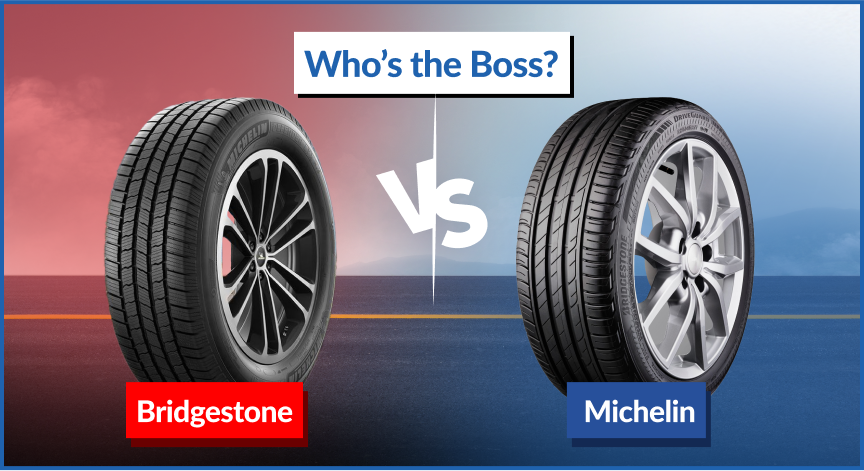
Bridgestone and Michelin are the two industry giants of the tire market.
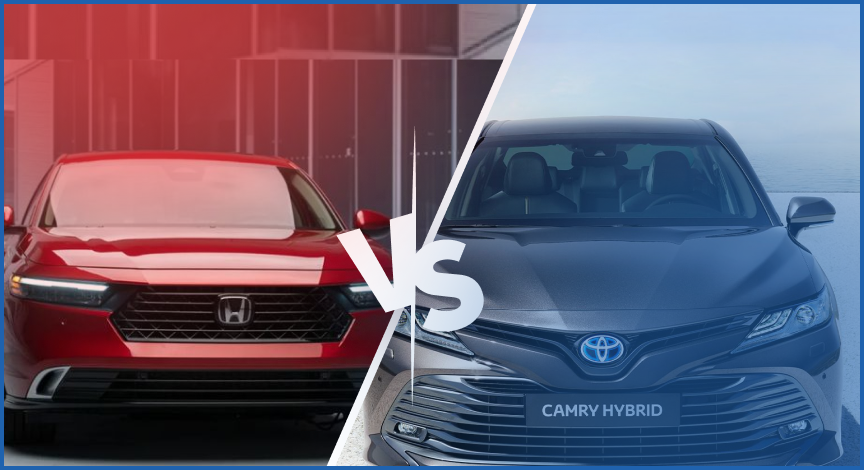
There are many variations of passages of Lorem Ipsum available but the majority have suffered alteration in that some injected humour.

Honda is one of the first names that comes to someone’s mind when they think about cars. Honda has successfully produced numerous car models that are loved by car fanatics worldwide. In this blog, we will do a car comparison between the Honda Passport vs Honda Pilot. Honda Passport The first model of the Honda […]
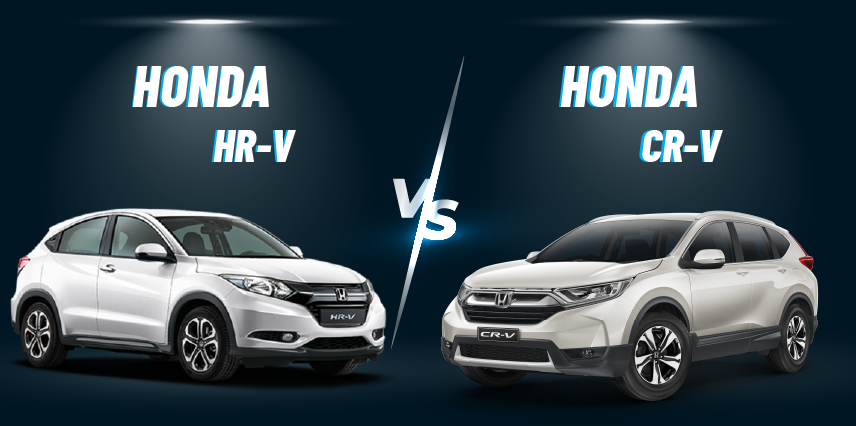
Honda is one of the leading car brands in today’s world. Honda has produced countless models of reliable cars that are loved by car fanatics globally. In this blog, we will do a car comparison between two of Honda’s hit vehicles, the Honda HR-V vs Honda CRV. Honda HR-V The first model of the Honda […]
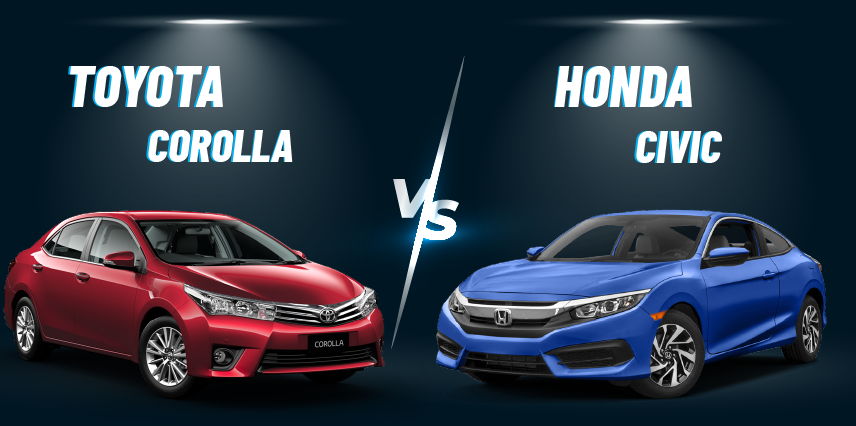
Honda and Toyota have been leading the market as popular compact car makers for decades. Impressive fuel efficiency, reliability, and good handling are just some of the many features offered by these manufacturers. The Honda Civic vs Toyota Corolla have been in the game for a long time, each with a reputation for performance and […]

Honda and Toyota are undoubtedly the leading names when it comes to car manufacturers. Both companies have made numerous successful cars that are loved by people globally. The vehicles produced by these companies are known for their class, comfort, and innovation. In this blog, we will do a car comparison between the Honda Pilot vs […]
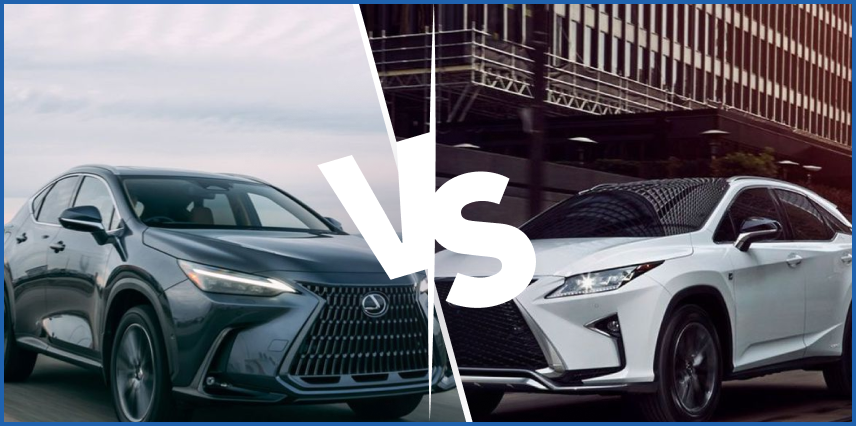
When it comes to leading car companies, Lexus is one of the first names that comes to mind. Lexus is known for producing premium SUVs, sedans, and other performance vehicles that are known for their reliability and class. In this blog, we will compare two of Lexus’ famous brands – Lexus RX vs Lexus NX. […]